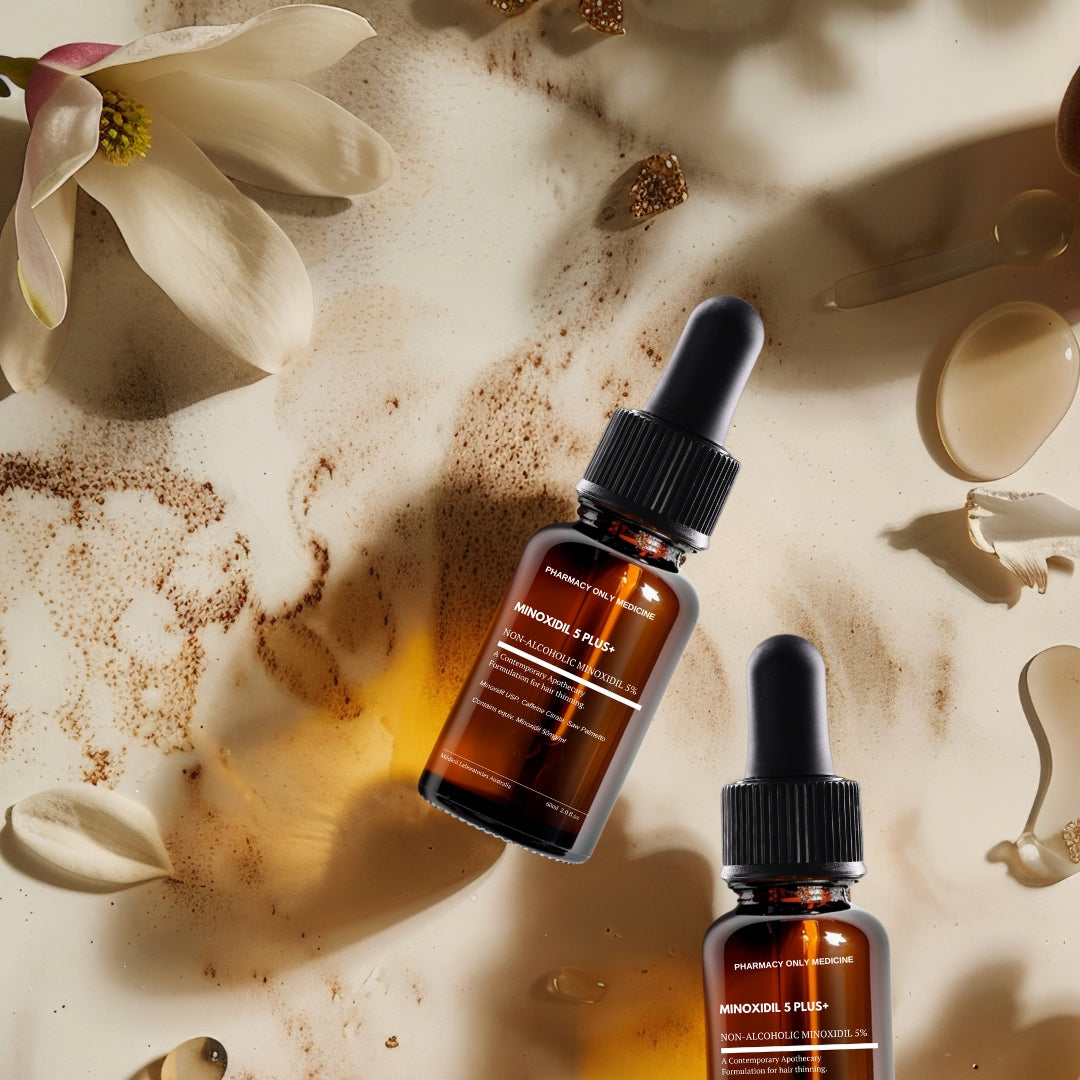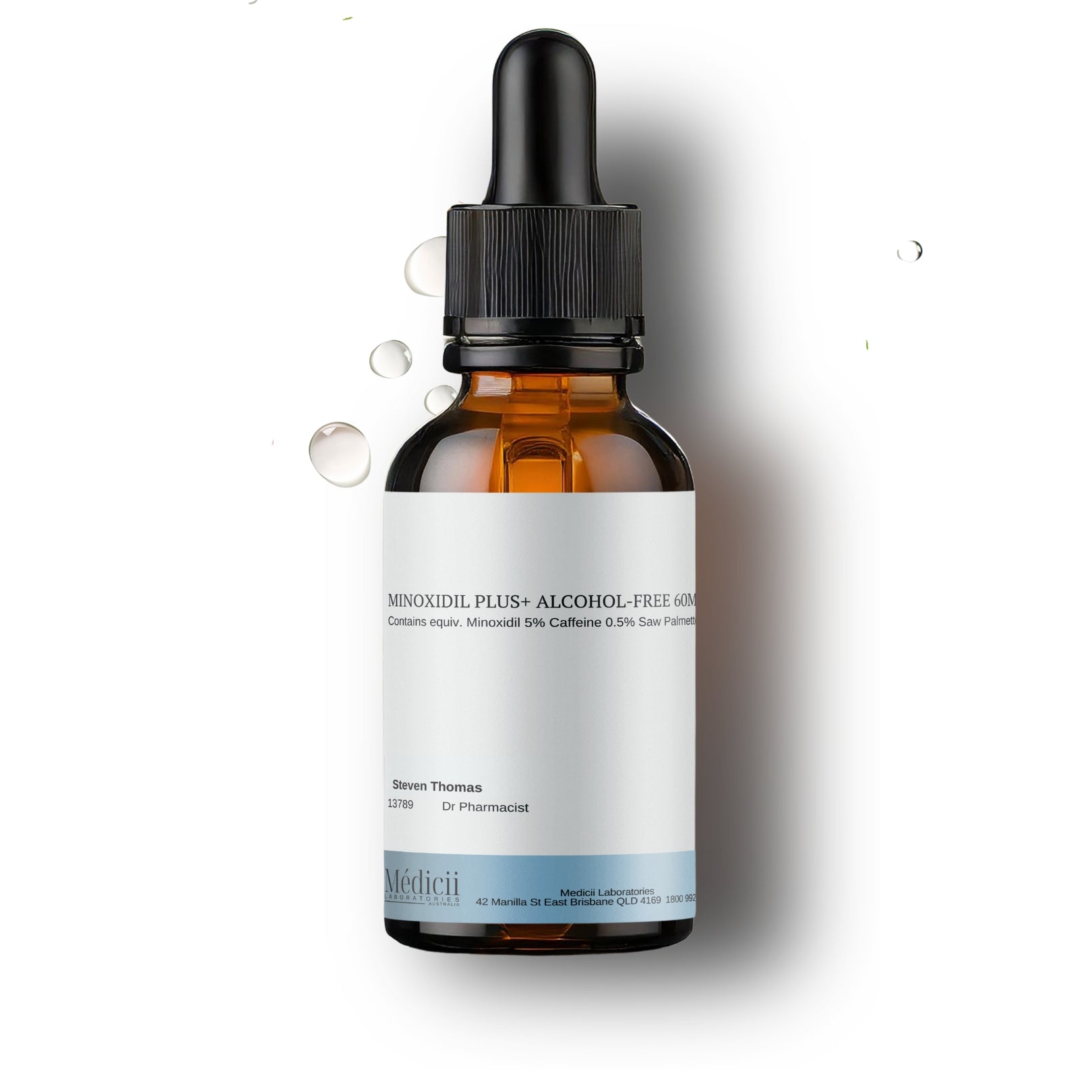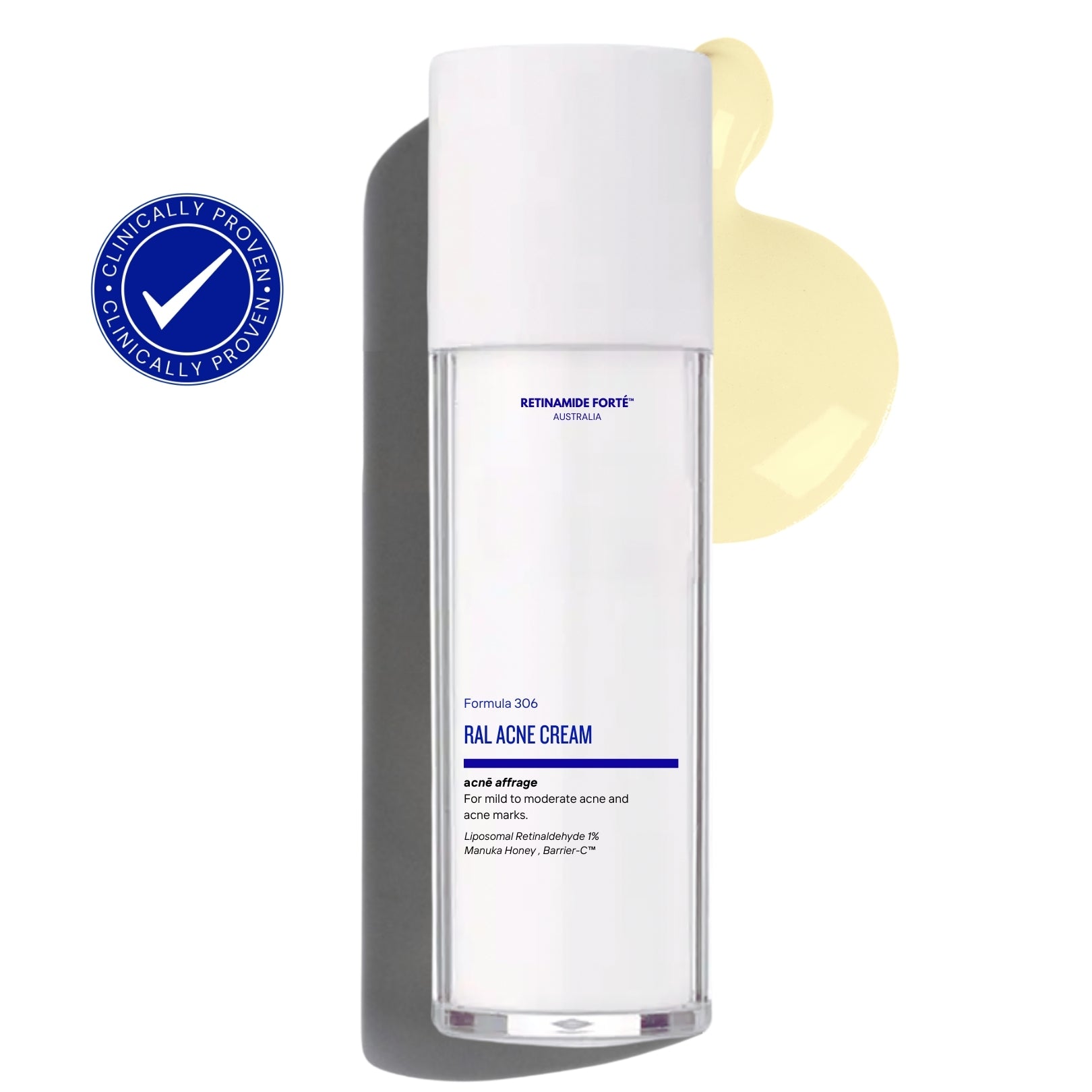
Removing Red Acne Scars
Acne scars are permanent textural changes and indentations that occur on the skin as a result of severe acne. In contrast, red and brown marks are residual marks left after an acne breakout.
Red acne marks vs brown acne marks
Red acne marks are the residual pink or reddish marks left behind after an acne breakout. Red acne marks are also known as post-inflammatory erythema (PIE) whereas brown acne marks are referred to as post-inflammatory hyperpigmentation (PIH).
Even though they both occur after an acne breakout, they have very distinct pathophysiology.
What is red acne marks or post-inflammatory erythema?
Post-inflammatory erythema (PIE) occurs when there is significant inflammation and a rush of blood flow to the skin's surface. This sudden increase in blood flow causes damage to blood vessels and the formation of tiny new blood vessels, resulting in the pink or red marks you can see on the skin's surface.
Red acne marks are more common in those with pale and olive skin tones. When left untreated red acne marks can become brown marks and this process is accelerated by UV exposure.
In contrast, brown acne marks or PIH occur due to inflammation triggering an increase in melanocyte activity and excess melanin production. This manifests as brown marks or hyperpigmentation. Brown acne marks are most common in those with darker skin tones and they respond well to traditional skin discolouration treatments such as Retinol, dermabrasion and chemical peels.


How to remove red acne marks
Red acne marks occur due to damage to blood vessels, giving rise to the pink or reddish hue. For this reason, Retinol, beta-hydroxy acids (BHA), alpha-hydroxy acids (AHA) and chemical peels will not remove red acne marks because they (PIE) are not a result of excess melanin production.
Until recently, red acne marks have been one of the most difficult to remove at home because beauty stores are flooded with skin brighteners and melanin-reducing ingredients to treat an inflammatory condition. Melanin-reducing ingredients will work eventually, but you are catching the tail end of an inflammatory response once the red acne marks have become brown marks.
Retinamide Forté Red Scar Therapy Gel is an Australian made scar gel scientifically formulated to target the source of red acne marks. Red Scar Therapy Gel contains Inflammaid and Manuka Honey, the two hero ingredients that help to reduce inflammation and stop PIE in its tracks, preventing red acne marks from becoming brown residual marks. Silica assist to support collagen production around the wound area and prevent permanent indentations in the skin if you intervene early.

When to use laser therapy to remove acne scars
Other effective options for removing red acne marks and red acne scars include laser therapy and red light therapy. Deep acne scars will require laser resurfacing to remodel the underlying collagen fibres.
References:
- Acne Support: Skin discolouration (2024). British Association of Dermatologists.
- Ludman, P (2023). Acne Scars. American Academy of Dermatology Association.










